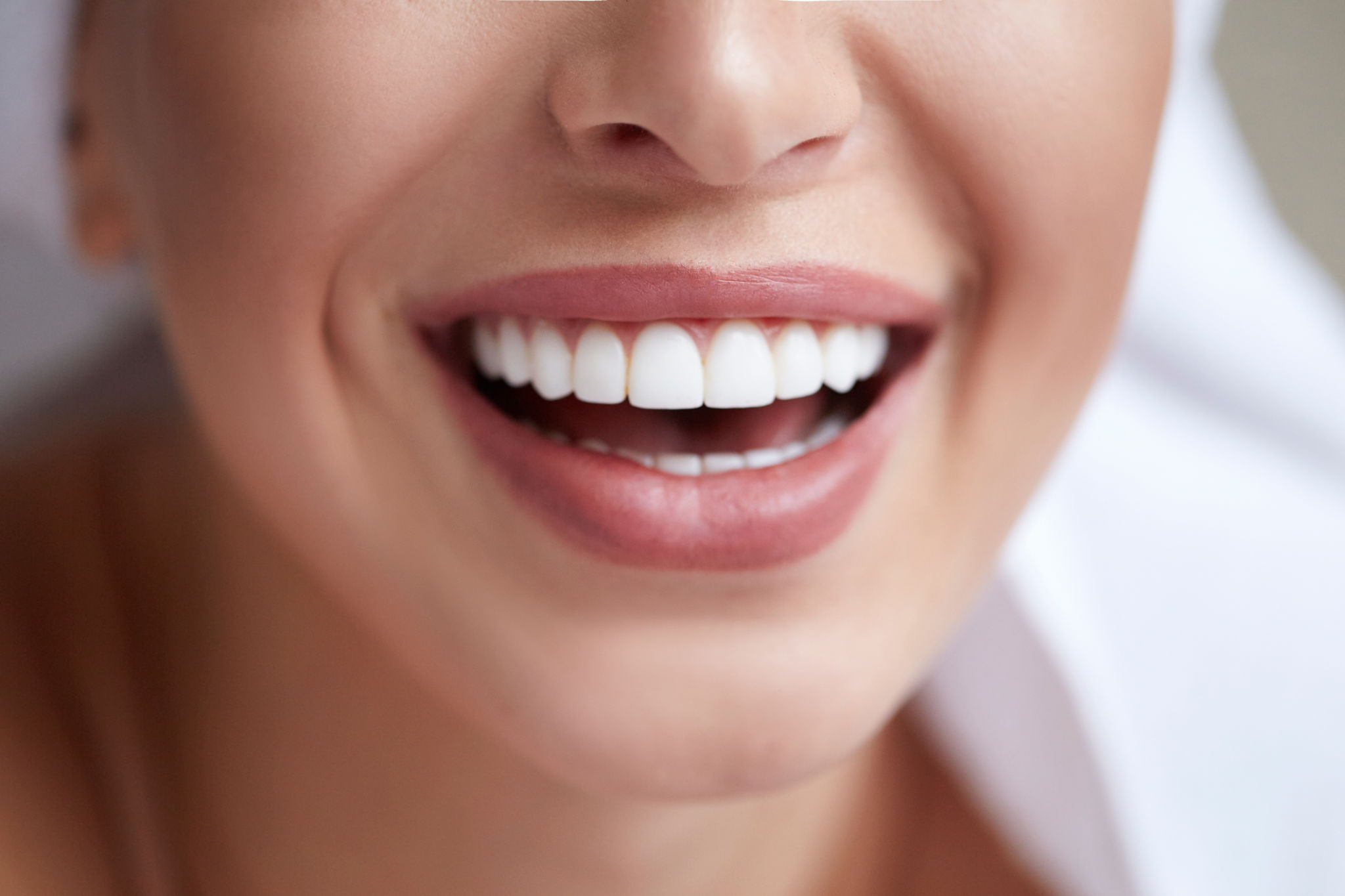Invisalign vs Traditional Braces: Which is Better for You?
Understanding Your Options
When it comes to straightening your teeth, the choice often boils down to two popular options: Invisalign and traditional braces. Each has its unique benefits and potential drawbacks, making the decision a personal one based on your dental needs and lifestyle. This blog post will help you weigh the pros and cons of each to determine which might be the best fit for you.

Appearance and Aesthetics
One of the most notable differences between Invisalign and traditional braces is their appearance. Invisalign aligners are made from clear plastic, making them virtually invisible. This is a significant advantage for adults and teens who prefer a more discreet option. In contrast, traditional braces consist of metal brackets and wires that are more noticeable.
If aesthetics are a top priority for you, Invisalign might be the better choice. However, some people appreciate the classic look of traditional braces and don't mind their visibility. It's essential to consider how important the appearance of your orthodontic treatment is to you before making a decision.
Comfort and Convenience
Comfort is another critical factor to consider. Invisalign aligners are made of smooth plastic, which can be more comfortable than metal braces that may irritate the inside of your mouth. Additionally, Invisalign aligners are removable, allowing for easier eating and cleaning.

Traditional braces, on the other hand, are fixed appliances that can sometimes cause discomfort or soreness, especially after adjustments. However, they require less daily maintenance since you don't have to remember to put them back in after meals.
Treatment Duration and Effectiveness
The length of treatment varies depending on the complexity of the case. Generally, Invisalign treatment can take anywhere from 6 to 18 months, while traditional braces may range from 18 months to 3 years. It's important to note that while Invisalign is effective for many cases, traditional braces may be better suited for more complex dental issues.
Consulting with your orthodontist will provide you with a better idea of what your specific treatment plan would look like with each option. They can assess whether Invisalign or traditional braces will achieve the desired results more efficiently.

Cost Considerations
The cost of orthodontic treatment is a significant consideration for many people. Invisalign tends to be slightly more expensive than traditional braces. However, the price can vary based on the duration and complexity of the treatment required.
- Invisalign: Generally higher initial cost but varies based on treatment length.
- Traditional Braces: Often more cost-effective but can increase with additional adjustments.
Many orthodontic offices offer payment plans or financing options to make treatments more affordable, so it's worth discussing these possibilities with your provider.
Lifestyle Impact
Your lifestyle can also influence which orthodontic treatment is better suited for you. If you play contact sports or an instrument that requires mouthpieces, Invisalign might be more convenient due to its removability. However, if you're concerned about losing aligners or remembering to wear them for the recommended 20-22 hours per day, traditional braces may be a better fit.
Ultimately, both Invisalign and traditional braces offer effective solutions for achieving a straighter smile. Consider what aspects are most important to you and consult with an orthodontist to make an informed decision that aligns with your personal needs and lifestyle.
